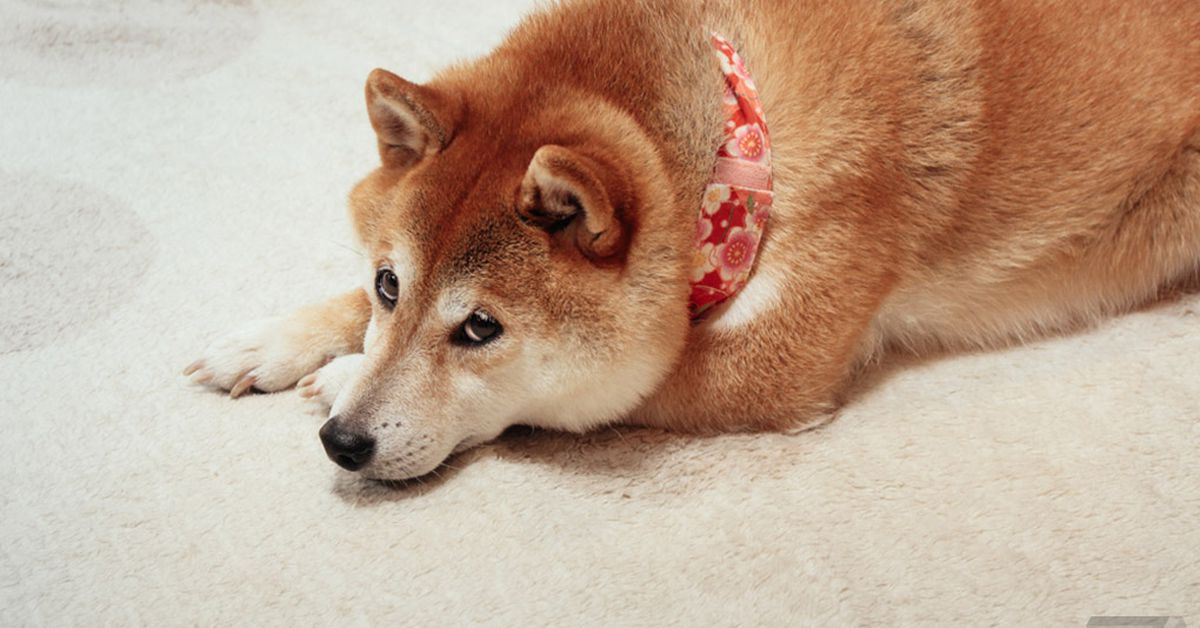Historical Context

Doge meme died – The Doge meme emerged in 2013, when a Japanese kindergarten teacher posted a series of photographs of her Shiba Inu dog, Kabosu, on her personal blog.
The images quickly went viral, and people began to use them to create humorous memes, often featuring captions written in broken English or “dog speak”.
Evolution of the Meme
Over time, the Doge meme evolved and became associated with a wide range of topics, including cryptocurrency.
In 2013, a cryptocurrency called Dogecoin was created, featuring the image of Kabosu as its mascot.
The meme’s association with cryptocurrency helped to popularize Dogecoin, and it quickly became one of the most valuable cryptocurrencies in the world.
Reasons for Decline

The Doge meme’s popularity began to wane in 2014 due to a combination of factors, including oversaturation and changing internet trends.
Oversaturation, Doge meme died
The Doge meme was ubiquitous in popular culture in 2013 and 2014, appearing in countless online forums, social media posts, and even mainstream news articles. This overexposure led to a sense of fatigue among internet users, who began to find the meme less amusing.
Changing Internet Trends
The internet is constantly evolving, and new memes and trends emerge all the time. In 2014, new memes such as “Harambe” and “Pepe the Frog” began to gain popularity, drawing attention away from Doge. Additionally, the rise of social media platforms such as Instagram and Snapchat, which were less conducive to the sharing of image-based memes, further contributed to Doge’s decline.
Impact on Cryptocurrency: Doge Meme Died
The decline of the Doge meme had a significant impact on the value of Dogecoin cryptocurrency. The meme’s association with Dogecoin played a crucial role in its initial surge in popularity and market value, but its decline led to a decrease in interest and investment in the cryptocurrency.
Dogecoin’s Rise and Fall
- Dogecoin was created in 2013 as a parody of Bitcoin and other cryptocurrencies, featuring the popular Doge meme as its mascot.
- In early 2021, the meme’s popularity exploded, leading to a surge in Dogecoin’s value.
- However, as the meme’s popularity waned, so did interest in Dogecoin, resulting in a decline in its market value.
Legacy and Future Prospects
The Doge meme has had a lasting impact on internet culture, becoming a symbol of lighthearted humor and camaraderie. Its enduring popularity can be attributed to its relatable characters, simple yet effective visual style, and the sense of community it has fostered.
In recent years, the Doge meme has experienced a resurgence, thanks in part to its adoption by the cryptocurrency community. The meme’s association with Dogecoin, a cryptocurrency based on the Doge character, has helped to bring it back into the mainstream.
Potential Reasons for Resurgence
- Nostalgia: The Doge meme evokes a sense of nostalgia for many people, reminding them of a simpler time on the internet.
- Cryptocurrency adoption: The association with Dogecoin has helped to introduce the Doge meme to a new audience, particularly those interested in cryptocurrency.
- Social media: The Doge meme has been widely shared on social media platforms, helping to spread its popularity to a wider audience.
Future Prospects
The future prospects of the Doge meme are difficult to predict. However, it is likely that it will continue to be a popular symbol of internet culture for years to come. The meme’s simple yet effective visual style and relatable characters make it easy to adapt to new contexts, ensuring its continued relevance.
Case Study: Marketing and Branding
The Doge meme has proven to be a valuable marketing tool for businesses seeking to connect with a younger audience. Brands like Snickers, Old Spice, and even the NBA have successfully leveraged the meme’s humor and relatability to promote their products.
Using memes in branding and marketing offers several benefits. They can help businesses:
- Establish a connection with a younger audience.
- Increase brand awareness and reach.
- Generate positive sentiment and buzz.
However, there are also challenges associated with using memes in branding. Businesses must be careful not to:
- Offend their target audience.
- Use memes that are outdated or irrelevant.
- Overuse memes, which can lead to them becoming stale and annoying.
Overall, the Doge meme has proven to be a powerful marketing tool for businesses seeking to connect with a younger audience. By understanding the benefits and challenges of using memes in branding, businesses can effectively leverage this popular internet phenomenon to achieve their marketing goals.
Examples of Brands that Successfully Leveraged the Doge Meme
Several brands have successfully leveraged the Doge meme in their marketing campaigns, including:
- Snickers: In 2013, Snickers launched a campaign featuring a Doge-themed commercial. The commercial was a huge success, generating over 100 million views on YouTube.
- Old Spice: In 2014, Old Spice released a series of Doge-themed commercials. The commercials were well-received by consumers, helping to boost sales of Old Spice products.
- NBA: In 2015, the NBA launched a Doge-themed campaign featuring several NBA players. The campaign was a success, helping to increase the NBA’s popularity among younger fans.
These are just a few examples of brands that have successfully leveraged the Doge meme in their marketing campaigns. By understanding the benefits and challenges of using memes in branding, businesses can effectively leverage this popular internet phenomenon to achieve their marketing goals.